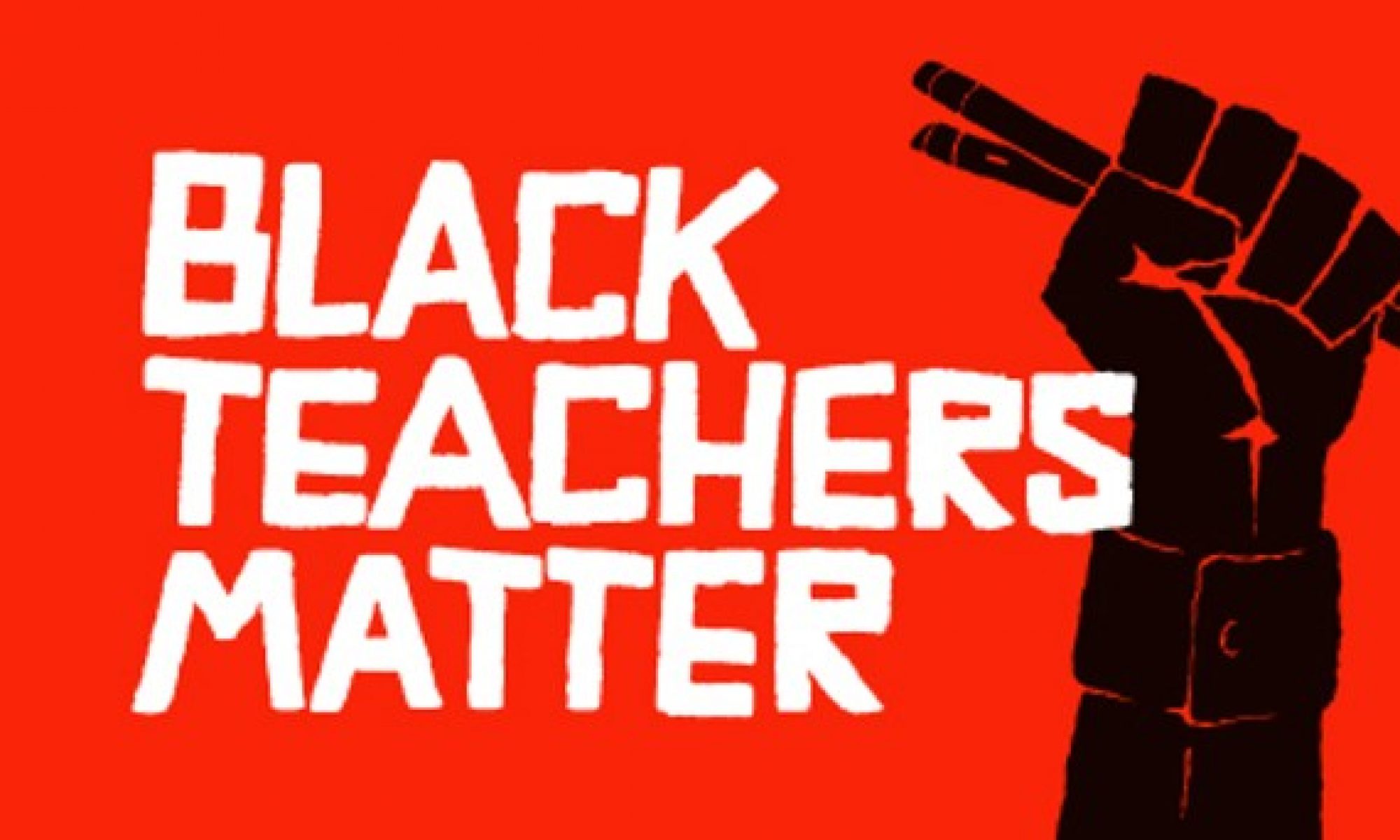CollaborativeLesson MS Saturday Academy Letter 2018 Jared C Wood Resume 2 (4)
Standard 5.b: Professional Development, Partnerships and Advocacy
Candidates take advantage of professional growth opportunities and demonstrate the ability to build partnerships with colleagues and students’ families, serve as community resources, and advocate for ELLs.
Standard 5.b offers guidelines for teachers to perfect their craft and to strengthen their own teaching philosophy. Importantly, when a teacher has a strong purpose, they are better able to mentor other teachers and share their knowledge. For this standard, my artifacts include a collaborative lesson plan, a letter sent to parents regarding Saturday Academy, and my professional resume. I chose these artifacts because they represent my proficiency at: participating in professional growth activities, knowing and understanding public issues that affect ELLs’ education and support ELLs and their families socially and politically, and collaborating with school staff to provide educational opportunities for ELLs and advocate for appropriate instruction and assessment by sharing their knowledge of ELLs.
My collaborative lesson plan showcases a true partnership between the ELA/ENL teacher and the Special Education teacher. By meeting and discussing our objectives for the class, my co-teacher and I are able to not reach students at varying levels of English language comprehension, but also create models that can be used by us future lessons. Typically, we decide upon a text that will be of interest to all students. Once we have establish our goals and our delivery mechanisms, I add the differentiations and modifications for the ELLS and she will add the SpEd modifications. In most cases, the majority of our students benefit from both types of differentiation, regardless of their status. his practice of productive cooperation illustrates the idea that I am adept at providing leadership to staff in developing collaborative instructional models for ELLs. One area that I would like to improve in my collaborative teaching model is to offer more enriching activities for my (admittedly few) gifted students. I tend to use the more advanced students as peer tutors or as an instructional support, but that is not always fair to them.
The letter I included as an artifact relates to a program that we offer to bolster students’ academic success. Our Saturday Academy program is mainly seen as a test preparation course, and our ELLs have seen great improvement in both ELA and Math by attending the course regularly. By offering a translation of the letter into Spanish, and confirming attendance with follow-up phone calls, I am able to show how I help create empowering circumstances and environments for ELLs and their families.
Lastly, I attached my professional resume as an artifact. My resume informs the reader of my increased levels of educational attainment, including a Masters in Education-TESOL. Moreover, my career arc contains time spent as an TESOL teacher in Korea, which informed my position today as an ENL educator. My desire to become more knowledgeable in my craft is evident in how I engage in a continuous cycle of ESL professional development that is informed by their instructional reflections and analysis. Part of my professional development, as mentioned in my resume, is attending writing and literacy workshops that provide me with innovative techniques to use in the classroom.


